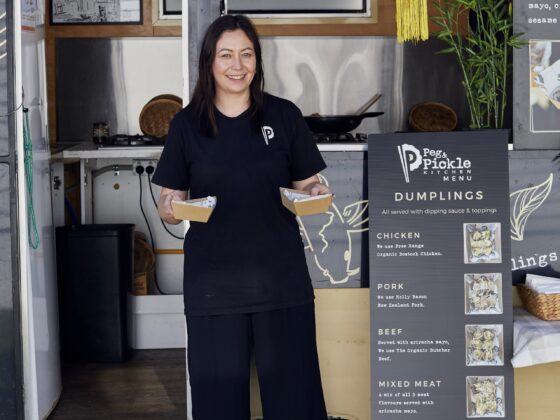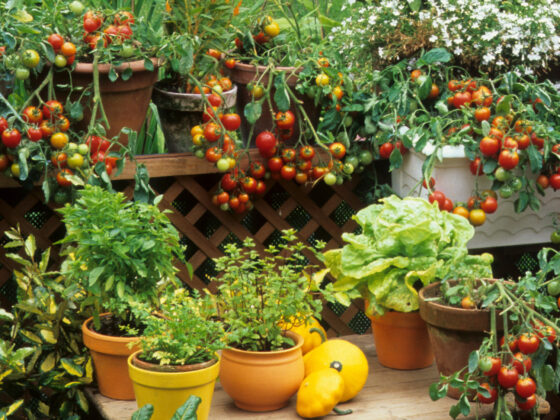It seems odd to be talking about spring bulbs while it is only just autumn. But this is the perfect time to plan your colour palette and get planting for a sumptuous display of vibrant blooms to herald new beginnings. Kelly Jean from Green Door talks you through the dos and watch-out-fors when it comes to planting for spring brilliance.
There is something about the sight of spring bulbs bursting forth from the ground that celebrates resilience and patience. It’s even better when they bloom; colourful, bright beacons of hope when it feels like winter will never end.
As Audrey Hepburn said, “To plant a garden is to believe in tomorrow”, and planting bulbs in autumn to bloom in spring certainly speaks to that!
Snowdrops, daffodils, anemones, iris, tulips … the list goes on. They all flower at slightly different times, so if you plan your varieties out, you can have an ongoing show of colour from late winter right through until late spring.
Speaking of picking spring bulbs – flower farmers will most often treat tulips and daffodils as an annual crop, and instead of cutting the tulip stem off, will pull the entire bulb out leaving the flower attached. The benefit is that the tulip will keep on growing and extend its shelf life until it is sold when the bulb is cut off. The downside is that you must buy bulbs every year.
Spring bulbs have long been an attraction to people, whether they are gardening fans or not! The tulip fields of The Netherlands are always a picture in spring, with their rows of gorgeous blooms stretching for miles. Keukenhof, a botanical garden in Lisse, is famous for their spring bulb show, where an incredible estimated seven million bulbs are planted and one million people come to admire the display.
The spring bulb display (a mere several hundred thousand bulbs) at the Butchart Gardens on Vancouver Island is one of the drawcards for the one million people who visit annually. In Hawke’s Bay, spring’s arrival is heralded by the gorgeous display of thousands of golden daffodils in bloom at Taniwha Daffodils in Central Hawke’s Bay.

A beautiful display of red tulips at Butchart Gardens



There are a few things to keep in mind when you are planting bulbs to get the best show:
• Many of the spring bulbs originated as alpine plants so they are very hardy to the cold. Tulips and hyacinths need a prolonged cold spell to complete the flower bud development within the bulb. If you are in a warm climate or coastal zone where you get fewer than five frosts, you will need to chill them in the fridge for 4–6 weeks.
• Put tulips and hyacinths in the fridge in a paper bag from mid-March and aim to plant them out in mid- May, when soil temperatures are nice and cool. Avoid planting these bulbs in pots, as they perform best without the soil temperature fluctuations that occur in pots.
• At planting time, ensure that you plant the bulbs deep enough. When you buy bags of bulbs, they should have planting instructions on the packet, so follow those. As a rule of thumb, they should be planted at a depth of three times the height of the bulb. Tulips for example should be planted 12–15 cm deep. Ensure your bulbs feel firm in the bag before buying them. You are setting yourself up for failure if you plant soft or squishy bulbs.


• Feed your bulbs with specific bulb fertiliser when the green tips appear through the soil and (although it seems counterintuitive) after the bulb has finished flowering. Feeding at this late stage will be stored by the plant in the bulb as nutrients for next year – so don’t miss this step!
• For the same reason, you should leave the bulb’s leaves to die down for as long as you can tolerate looking at them. This will help get the bulb well-nourished for next year’s show. Some people tie them up in a bundle to make them look tidier or hide them behind other plants. Avoid cutting the tops off them straight after flowering and it is a good idea to cut the flower off the stem once finished so it doesn’t waste energy on forming a seed head.
When it comes to planting, bulbs always look good in drifts or planted en masse – just think of the display of English bluebells or daffodils under deciduous trees – spectacular! There are so many varieties available these days in different colours, shapes and sizes that it is a bit like a candy store for adults!
It can be tempting to choose lots of different colours, but stick to the adage ‘less is more’ and plant more bulbs of fewer colours or varieties and you will have an impressive show without it being too busy.
Spring bulbs add a lovely burst of colour in that tricky transitional time when winter ends and the spring plants aren’t in bloom yet. A little planning now will reap a lovely, colourful reward in the spring months that you can enjoy indoors or out.











